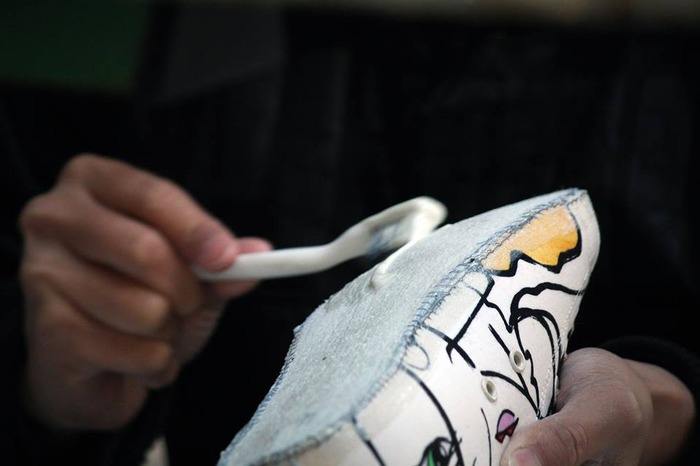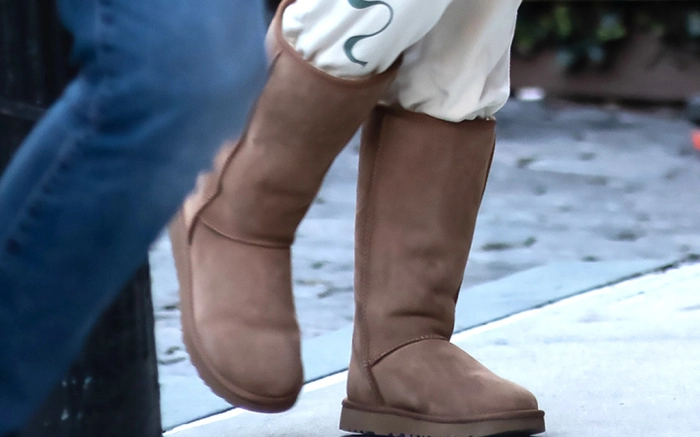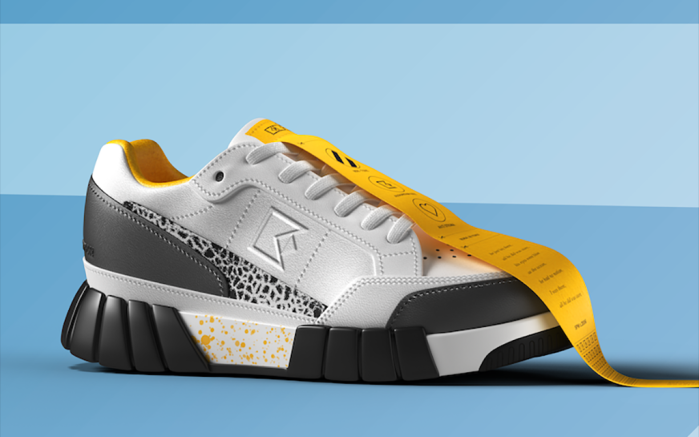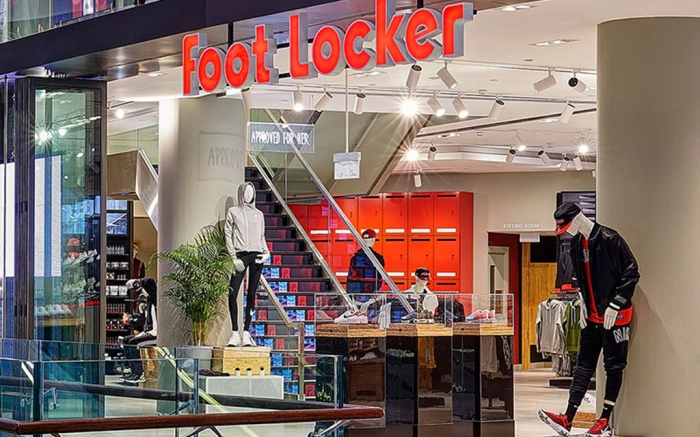Vulcanized shoe's production process
Vulcanization is the process for transforming natural rubber into a cured, more durable rubber. It will become less sticky and since the rubber normally melts slightly in the controlled vulcanization process, making it bond with surrounding materials. This replaces cement (glue) to a large extent. This is a great feature for footwear which has been used for long time. Vulcanization is mainly used sneaker production but a big variety of shoes can be produced with this technique.

Rubber can be vulcanized in many ways, using different chemicals, normally a sulfur mix, or by a combination of heat and chemicals. This curing process transforms the rubber from being easy to break, soft and gummy to a durable yet flexible material suitable for demanding conditions such as footwear or car tires.
In the footwear industry the most common way to vulcanize is by heat and chemicals. The rubber need to reach a temperature of 170 degrees to vulcanize properly. This temperature creates limitations in what kind of materials should be considered for a vulcanized shoe. Polymer based fabrics such as polyester, poly-amide or plastic eyelets etc pose big risk of melting in the process. However, there are also heat resistant polymer based materials suitable for vulcanization.
Due to the temperature the lasts used for vulcanized production is made out of aluminium to sustain the heat but also to spread it evenly throughout the product.

The lasting method is normally board lasting where the upper is assembled in the same way as for a cementing construction but dressed around an aluminium last.
The bottom outsole is either calendar or molded and then a foxing tape is wrapped around the connection of the outsole and the upper to hide the gap. Calendar soles are made by running a continuous sheet of uncured rubber through a dual-roller press. The top roller is etched with a tread pattern while the bottom roller is smooth. Once pressed, the soles are cut to shape by either a cutting die or by hand. The uncured soles are then applied to the upper boot and vulcanized together to form a seamless permanent chemical & physical bond.
After the foxing tape is added the shoe is trimmed and cleaned, removing any dirt from previous processes and making sure that the shoe is clean.

The foxing is a rectangular string of rubber used to increase bonding between upper and outsole. Sometimes referred to as “outsole wall” due to the characteristic where it´s
Depending on design it can have different shapes and thickness but will always be in the form of a tape. The shape is acquired by pressing rubber through a mold, different colors can be achieved by multiple material sources, each with a different color. The foxing is processed as an endless tape and then cut into desired length for later attachment.
The last step is the actual vulcanization which can be done by different methods. The most commonly used is autoclave. A pressurized oven normally operating at 120-180 degrees Celsius and at 140-350kPa. At 170c the vulcanization starts after approximate 10 minutes

Rubber can be vulcanized in many ways, using different chemicals, normally a sulfur mix, or by a combination of heat and chemicals. This curing process transforms the rubber from being easy to break, soft and gummy to a durable yet flexible material suitable for demanding conditions such as footwear or car tires.
In the footwear industry the most common way to vulcanize is by heat and chemicals. The rubber need to reach a temperature of 170 degrees to vulcanize properly. This temperature creates limitations in what kind of materials should be considered for a vulcanized shoe. Polymer based fabrics such as polyester, poly-amide or plastic eyelets etc pose big risk of melting in the process. However, there are also heat resistant polymer based materials suitable for vulcanization.
Due to the temperature the lasts used for vulcanized production is made out of aluminium to sustain the heat but also to spread it evenly throughout the product.

The lasting method is normally board lasting where the upper is assembled in the same way as for a cementing construction but dressed around an aluminium last.
The bottom outsole is either calendar or molded and then a foxing tape is wrapped around the connection of the outsole and the upper to hide the gap. Calendar soles are made by running a continuous sheet of uncured rubber through a dual-roller press. The top roller is etched with a tread pattern while the bottom roller is smooth. Once pressed, the soles are cut to shape by either a cutting die or by hand. The uncured soles are then applied to the upper boot and vulcanized together to form a seamless permanent chemical & physical bond.
After the foxing tape is added the shoe is trimmed and cleaned, removing any dirt from previous processes and making sure that the shoe is clean.

The foxing is a rectangular string of rubber used to increase bonding between upper and outsole. Sometimes referred to as “outsole wall” due to the characteristic where it´s
Depending on design it can have different shapes and thickness but will always be in the form of a tape. The shape is acquired by pressing rubber through a mold, different colors can be achieved by multiple material sources, each with a different color. The foxing is processed as an endless tape and then cut into desired length for later attachment.
The last step is the actual vulcanization which can be done by different methods. The most commonly used is autoclave. A pressurized oven normally operating at 120-180 degrees Celsius and at 140-350kPa. At 170c the vulcanization starts after approximate 10 minutes













